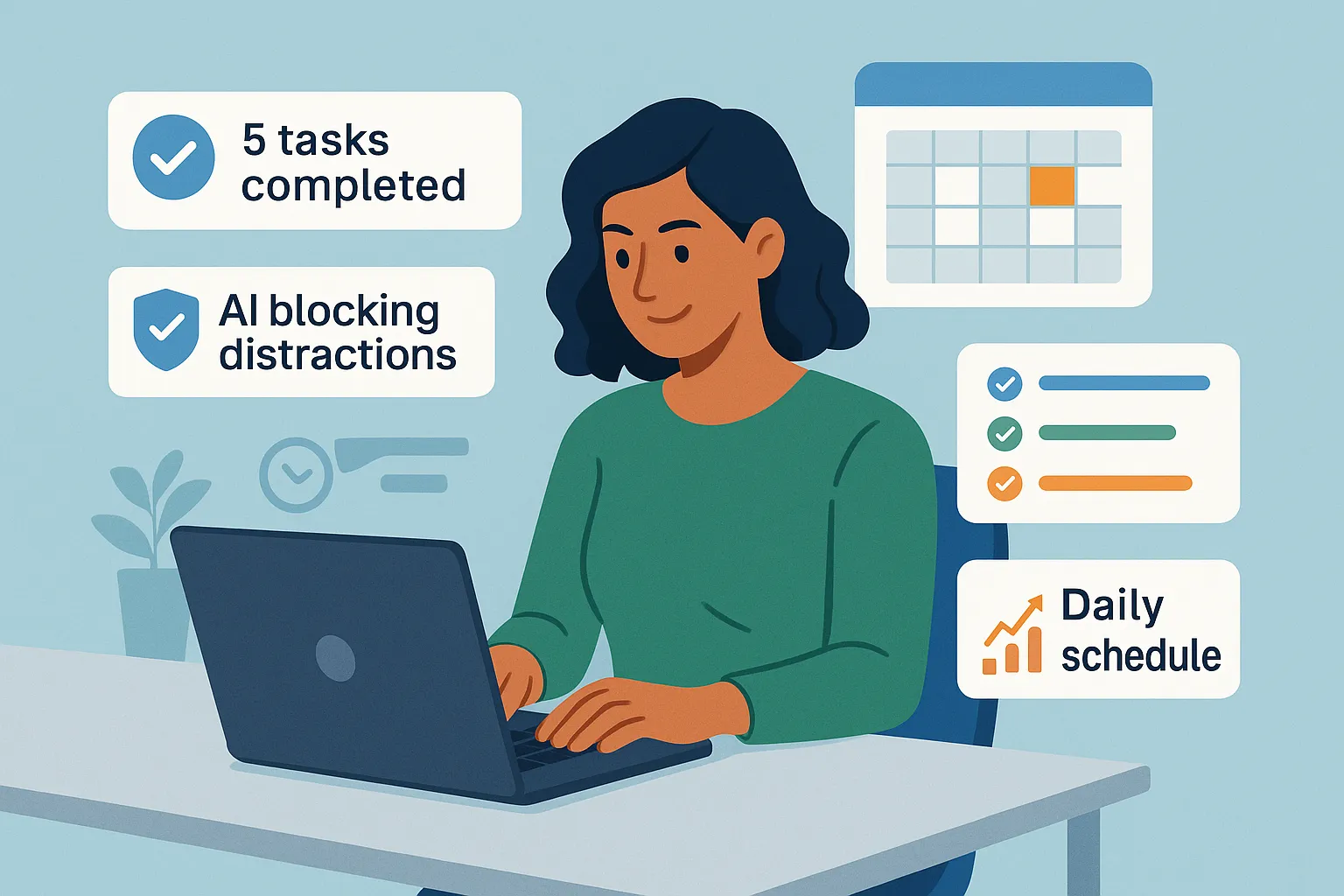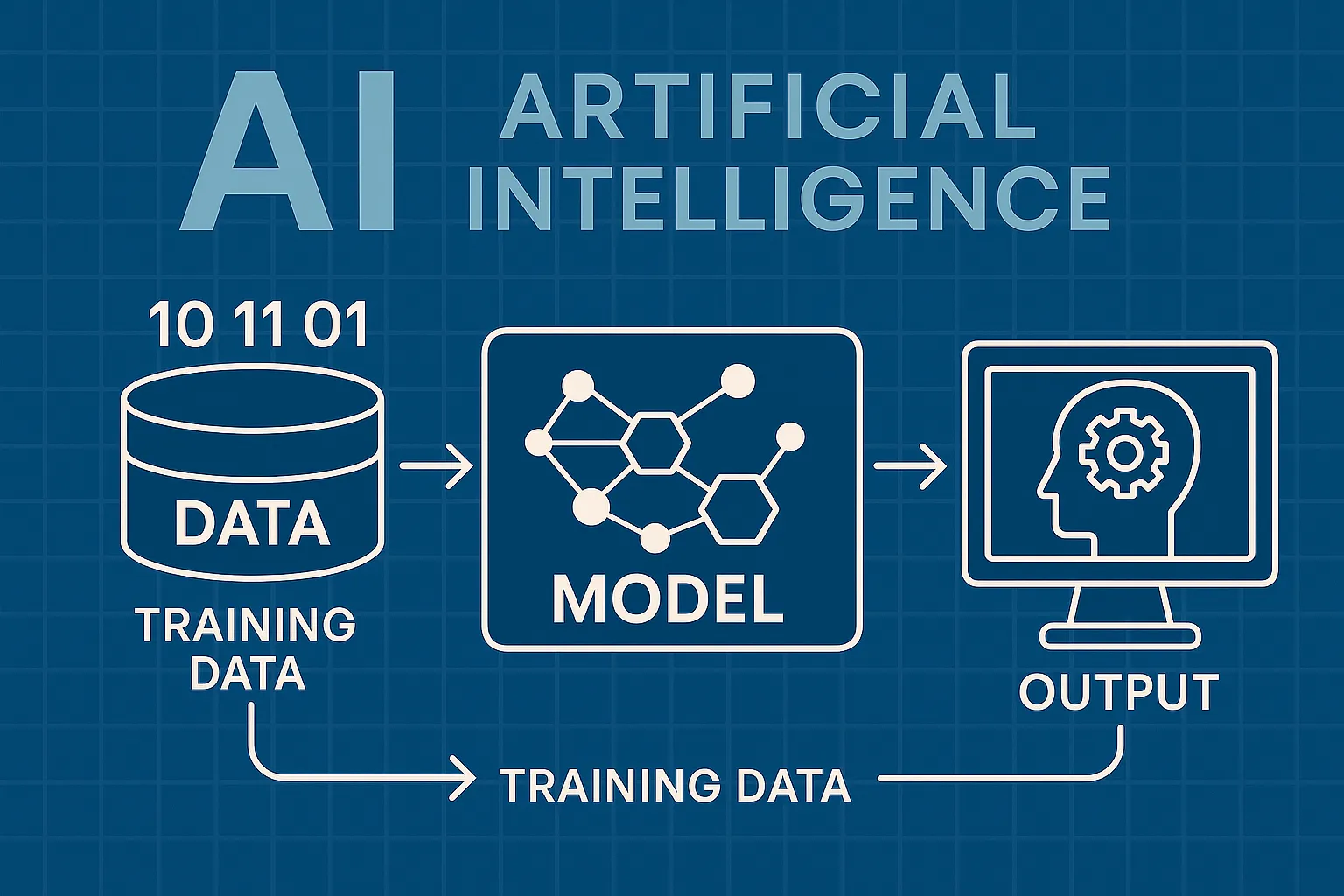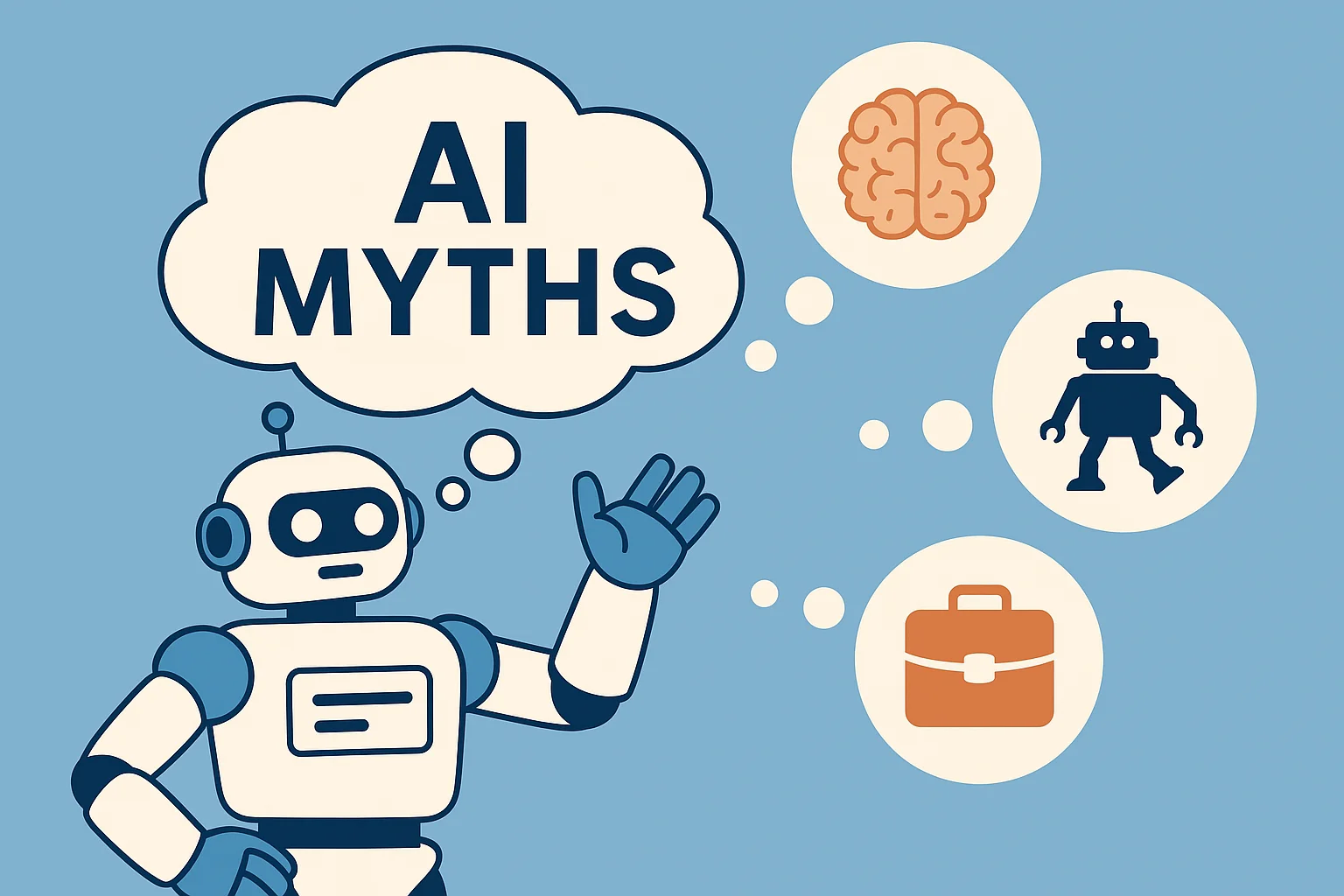Japanese speakers now have access to a growing ecosystem of AI tools designed to meet their specific linguistic, cultural, and professional needs. In 2025, whether you're writing in kanji, hiragana, or romaji, the latest AI-powered platforms support natural communication, nuanced translation, and seamless content creation across industries. These tools cater to a wide range of users—from students and researchers to marketers, content creators, and business professionals—who need accurate, fluent Japanese interaction with advanced AI capabilities. With improved support for honorifics, sentence structure, and tone, modern AI platforms are better equipped than ever to handle the complexity and elegance of the Japanese language. Whether you're managing projects in Japanese, learning the language, or translating between Japanese and other languages, this guide showcases the most effective solutions available today. Explore your options to boost productivity, streamline communication, and engage more confidently in Japanese, using AI tools built for precision, speed, and real-world usability.

Top Paid AI Tools for Japanese Speakers
| Rank | Tool | Key Strength | Price / Limitations | Best Use Case |
|---|---|---|---|---|
| #1 | DeepL Pro | Fluent English↔Japanese translation | From $8.74/month | Business & formal communication |
| #2 | ChatGPT Plus | Natural Japanese responses & prompts | $20/month | Writing, translation, learning |
| #3 | Textra AI | Copywriting for Japanese market | Paid plan required | Marketing & content |
| #4 | Reverso Pro | Contextual Japanese translations | Subscription model | Professional writing |
| #5 | Notion AI | Japanese note support & rephrasing | From $10/month | Multilingual productivity |
DeepL Pro
DeepL Pro offers some of the most accurate and natural English↔Japanese translations available, especially for formal documents and business communication. It handles honorifics, idioms, and stylistic nuance far better than traditional machine translators. Users can select the level of formality and customize translation glossaries for consistency in professional writing. DeepL Pro also supports full document translation and secure API access, making it a trusted choice for corporate use, localization teams, and academic researchers. For users needing high-quality Japanese translation at scale, DeepL is hard to beat.
ChatGPT Plus
ChatGPT Plus provides powerful Japanese language support through GPT-4, offering natural-sounding conversation, grammar assistance, content rewriting, and translation. It’s useful for everything from casual chat and writing practice to composing formal emails or technical content. Users can prompt the model in Japanese or English and receive context-appropriate responses in Japanese, including kanji, hiragana, or romaji as needed. With faster response times and improved reasoning, the Plus plan is excellent for students, translators, marketers, and professionals working in or with Japanese.
Textra AI
Textra AI is tailored to content marketers and eCommerce businesses operating in the Japanese market. It can generate localized ad copy, product descriptions, taglines, and blog intros that resonate with Japanese-speaking audiences. The platform supports brand-specific tone, audience targeting, and A/B testing variations in Japanese. With a strong understanding of formal and informal tone distinctions, Textra helps businesses craft persuasive, culturally appropriate marketing content at scale. It's especially valuable for global companies trying to break into or scale within Japan’s digital market.
Reverso Pro
Reverso Pro enhances Japanese translation and learning by offering full-sentence translations with contextual examples. It helps users understand how Japanese phrases shift in meaning based on structure or tone. Reverso’s browser extension and writing assistant make it easy to improve sentence clarity or translate long-form documents. It’s a useful companion for professionals, language learners, and researchers dealing with dense or technical Japanese content, especially when subtle differences in word order or tone matter.
Notion AI
Notion AI supports Japanese input across its note-taking and productivity tools, making it a seamless solution for multilingual users. It can summarize Japanese text, rewrite paragraphs, and even assist with brainstorming or outlining in Japanese. Whether you’re preparing reports, study notes, or internal documentation, Notion AI helps maintain efficiency in Japanese without switching between platforms. Its natural tone and contextual rephrasing make it ideal for users working in a bilingual environment or planning in Japanese for local or international projects.
Top Free AI Tools for Japanese Speakers
| Rank | Tool | Key Strength | Limitations | Best Use |
|---|---|---|---|---|
| #1 | ChatGPT (Free) | Japanese Q&A and responses | No voice or script support | General writing & chat |
| #2 | DeepL Translator (Free) | Short-form translation | Limited export features | Everyday writing help |
| #3 | Google Translate | Real-time Japanese input | Occasional tone mismatch | Basic daily usage |
| #4 | Google Gemini | Japanese content generation | Still improving for nuance | Summarizing & rephrasing |
| #5 | TextRanch | Quick grammar feedback | Manual submission model | Sentence-level help |
ChatGPT (Free)
ChatGPT’s free version supports natural, everyday Japanese conversation and text generation, helping users practice writing, answer grammar questions, or translate short passages. While powered by GPT-3.5, it still performs well in casual and semi-formal use cases. Users can ask for explanations of vocabulary, generate summaries, or practice dialogue in Japanese. It’s an effective tool for students, writers, or professionals who want quick language support without needing full-featured translation or editing tools.
DeepL Translator (Free)
DeepL’s free translator offers excellent quality for short English↔Japanese translations, capturing nuance and tone better than most alternatives. It’s ideal for translating emails, text snippets, and academic sentences with natural phrasing. While document uploads and glossary tools are reserved for Pro users, the free version remains highly reliable for general writing, homework, and content review. Its simple interface and impressive accuracy make it a go-to choice for students and casual users alike.
Google Translate
Google Translate provides real-time Japanese↔other language translation with support for voice, handwriting, and camera input. It’s fast and easy to use, making it perfect for travelers, tourists, and quick everyday lookups. While it may not match DeepL’s quality in nuanced writing, it excels in versatility and accessibility. It’s also a great tool for informal conversations, menus, or street signs, and includes pronunciation guides and speech playback to help with listening practice.
Google Gemini
Gemini supports Japanese for tasks like content summarization, rephrasing, creative writing, and answering questions. Though still evolving in tone sensitivity and kanji usage, it’s a helpful tool for generating draft content, brainstorming ideas, or simplifying complex text into more readable Japanese. It works well for students and professionals looking to boost productivity while working in Japanese and offers solid multilingual support for lighter tasks across languages.
TextRanch
TextRanch allows users to submit Japanese or Japanese-to-English sentences for review and correction by native editors. While not fully AI-driven, it offers fast, human-verified grammar and phrasing suggestions. It’s especially useful when accuracy and natural tone matter—such as in job applications, formal emails, or academic writing. The free plan includes limited submissions per day, but it’s perfect for non-native speakers who want to polish key sentences and ensure professionalism in their Japanese writing.
Rankings

Chatbots
AI chatbots have quickly evolved from simple assistants into powerful, multi-purpose tools used by millions of people every day...

Image Generators
AI image generators are revolutionizing the way creatives, marketers, and developers produce visual content by transforming text prompts into detailed, customized...

Writing Assistants
AI writing assistants have become indispensable tools for anyone who writes — from students and bloggers to business professionals and marketers...

Deepfake Detection
As deepfake technology becomes more advanced and accessible, detecting AI-manipulated content is now a critical challenge across journalism, education, law, and...

Productivity & Calendar
AI productivity and calendar tools have become essential for professionals, entrepreneurs, and students looking to make the most of their time without getting overwhelmed...

Natural Language To Code
Natural language to code tools are transforming software development by enabling users to build apps, websites, and workflows without needing advanced programming...
Blog

How AI Actually Works
Understand the basics of how AI systems learn, make decisions, and power tools like chatbots, image generators, and virtual assistants.

What Is Vibe Coding?
Discover the rise of vibe coding — an intuitive, aesthetic-first approach to building websites and digital experiences with help from AI tools.

7 Common Myths About AI
Think AI is conscious, infallible, or coming for every job? This post debunks the most widespread misconceptions about artificial intelligence today.

The Future of AI
From generative agents to real-world robotics, discover how AI might reshape society, creativity, and communication in the years ahead.

How AI Is Changing the Job Market
Will AI replace your job — or create new ones? Explore which careers are evolving, vanishing, or emerging in the AI-driven economy.

Common Issues with AI
Hallucinations, bias, privacy risks — learn about the most pressing problems in current AI systems and what causes them.